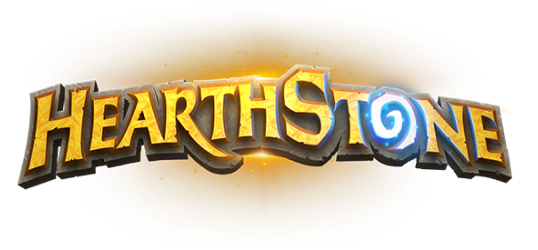Step Into the Tavern!
What's New
Discover Ancient Riches
Treasures untold await you! Chart a path to Legendary and Signature cards, Hero Skins, Golden Packs, and more in the new Tavern Pass. Unearth rewards even faster with bonus XP!
Explore Un’Goro Now
The expedition begins! The Lost City of Un’Goro is available now, uncovering new Map, Story, and Quest cards—plus the powerful new Kindred keyword.
Discover Ancient Riches
Treasures untold await you! Chart a path to Legendary and Signature cards, Hero Skins, Golden Packs, and more in the new Tavern Pass. Unearth rewards even faster with bonus XP!
Explore Un’Goro Now
The expedition begins! The Lost City of Un’Goro is available now, uncovering new Map, Story, and Quest cards—plus the powerful new Kindred keyword.
Discover Ancient Riches
Treasures untold await you! Chart a path to Legendary and Signature cards, Hero Skins, Golden Packs, and more in the new Tavern Pass. Unearth rewards even faster with bonus XP!
Explore Un’Goro Now
The expedition begins! The Lost City of Un’Goro is available now, uncovering new Map, Story, and Quest cards—plus the powerful new Kindred keyword.
Explore Un’Goro Now
The expedition begins! The Lost City of Un’Goro is available now, uncovering new Map, Story, and Quest cards—plus the powerful new Kindred keyword.
Discover Ancient Riches
Treasures untold await you! Chart a path to Legendary and Signature cards, Hero Skins, Golden Packs, and more in the new Tavern Pass. Unearth rewards even faster with bonus XP!
Game Features
Casual Fun
Free to Play & Win
Jump Right In
Cross-Progression
Game Modes
Traditional
The Original Experience
Your deck is centered around an iconic hero, with minions, spells, and weapons from the Warcraft universe.
Engaging Hero Powers
Each class has a unique Hero Power that captures their identity and fuels their strategy.
Battle with Your Own Deck
Build a deck from scratch, copy a friend’s list, or jump right in with a prebuilt deck. You can customize your decks to your own style of play.
Choose Your Format
Compete in Standard Ranked to play with only the most recent cards, or play in Wild Ranked to open up your whole collection! You can even play in Casual if you want to try something out without putting your rank on the line.
The Original Experience
Your deck is centered around an iconic hero, with minions, spells, and weapons from the Warcraft universe.
Engaging Hero Powers
Each class has a unique Hero Power that captures their identity and fuels their strategy.
Battle with Your Own Deck
Build a deck from scratch, copy a friend’s list, or jump right in with a prebuilt deck. You can customize your decks to your own style of play.
Choose Your Format
Compete in Standard Ranked to play with only the most recent cards, or play in Wild Ranked to open up your whole collection! You can even play in Casual if you want to try something out without putting your rank on the line.
Battle with Your Own Deck
Build a deck from scratch, copy a friend’s list, or jump right in with a prebuilt deck. You can customize your decks to your own style of play.
Choose Your Format
Compete in Standard Ranked to play with only the most recent cards, or play in Wild Ranked to open up your whole collection! You can even play in Casual if you want to try something out without putting your rank on the line.
Engaging Hero Powers
Each class has a unique Hero Power that captures their identity and fuels their strategy.
The Original Experience
Your deck is centered around an iconic hero, with minions, spells, and weapons from the Warcraft universe.
Battlegrounds
Recruit Powerful Minions
Pick from random selections of minions to build your warband as you go.
Free-For-All Fun
Face off against 7 other competitors as your warbands automatically fight in a series of battles until a single winner is crowned!
No Deck Needed
Tavern regulars and newcomers are both welcome. No deck or collection are needed; just jump in and play!
Recruit Powerful Minions
Pick from random selections of minions to build your warband as you go.
Free-For-All Fun
Face off against 7 other competitors as your warbands automatically fight in a series of battles until a single winner is crowned!
No Deck Needed
Tavern regulars and newcomers are both welcome. No deck or collection are needed; just jump in and play!
Free-For-All Fun
Face off against 7 other competitors as your warbands automatically fight in a series of battles until a single winner is crowned!
No Deck Needed
Tavern regulars and newcomers are both welcome. No deck or collection are needed; just jump in and play!
Free-For-All Fun
Face off against 7 other competitors as your warbands automatically fight in a series of battles until a single winner is crowned!
Recruit Powerful Minions
Pick from random selections of minions to build your warband as you go.
